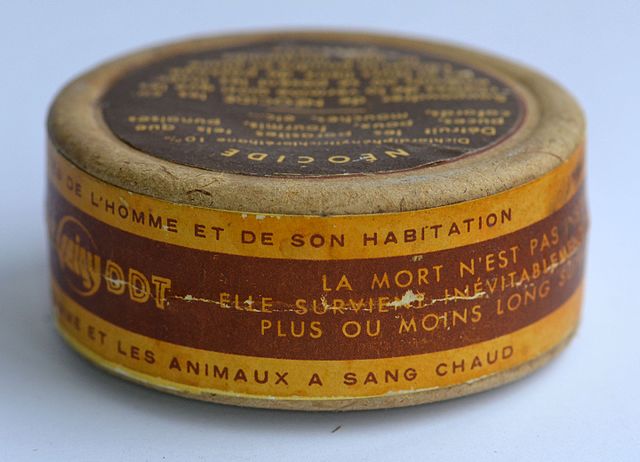Hierarchy of hazard controls
Hierarchy of hazard control is a system used in industry to prioritize possible interventions to minimize or eliminate exposure to hazards. It is a widely accepted system promoted by numerous safety organizations. This concept is taught to managers in industry, to be promoted as standard practice in the workplace. It has also been used to inform public policy, in fields such as road safety. Various illustrations are used to depict this system, most commonly a triangle.
This pesticide contains DDT; an effective substitution would be to replace it with a green pesticide.
This sign warns people that there are explosives in Walker Lake; however, it cannot prevent people from swimming in it.
A hazard is a potential source of harm. Substances, events, or circumstances can constitute hazards when their nature would allow them to cause damage to health, life, property, or any other interest of value. The probability of that harm being realized in a specific incident, combined with the magnitude of potential harm, make up its risk. This term is often used synonymously in colloquial speech.
Hard hats, an example of personal protective equipment, can protect against physical hazards
Construction workers at height without appropriate safety equipment
An active flame front of the Zaca Fire





